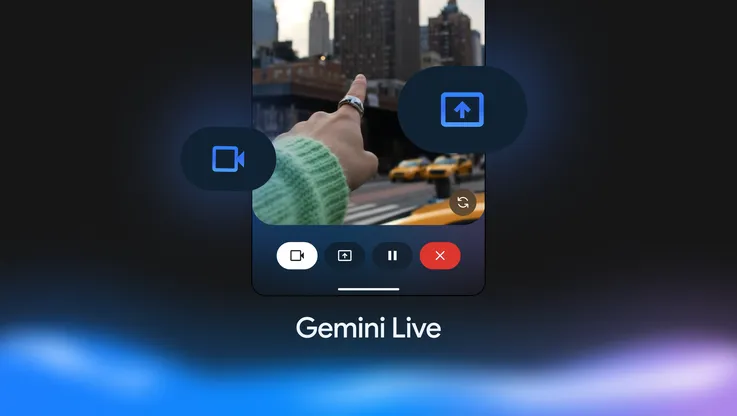4 Fitbit features I'm using to become a more efficient runner

Here in the Pacific Northwest, it’s finally warming up — and that means it’s running season! This year I’ve decided to take on more trail running. While I’m very familiar with road running, trail running is pretty new to me: It requires different shoes, there’s more difficult terrain and I’ll need to learn how to pace myself for big elevation changes. I love to take on a challenge but I also want to be prepared, so I’m relying on my Pixel Watch 3 and Fitbit running features to become a more efficient runner. Here are four features I’m using to train.

1. Compare charts
After a training run, I head straight to my running performance stats and select “visualize your run performance.” Here I get a detailed breakdown of my run, and the option to “compare charts.” This allows me to choose different stats and see how they affect each other — for example, I can select just my pace, heart rate and stride length. This can help me get an idea of how hard I’m working when I take bigger or smaller strides. The idea is for my body to not work so hard, so I can preserve my energy (especially for long trail runs when I need it). If I’m noticing a trend where I’m taking longer strides and seeing my heart rate increase and pace decrease, that’s something I can try and pay more attention to in training.

2. Form analysis
I also like to look at my form analysis, which takes data from my runs over the last six months and compares that recent run against them. Specifically, form analysis tracks my stride length, step cadence, ground contact time, vertical ratio and vertical oscillation. This is the perfect way to see if I’m staying consistent or even improving. I like to look at this especially when a run felt either really good or really off — did anything stick out in my form analysis that could have contributed to that? While something like pace feels a bit easier to notice, I can’t say I’m always aware of how much I’m bouncing or what my ground contact time is — and those things definitely matter.

3. AI running recommendations
I’m also using Fitbit’s AI-powered running recommendations, which is a Fitbit Premium feature found under the Coach tab. These are personalized workout recommendations — like whether I run intervals or a consistent tempo run — based on my Target Load (which takes into account my recent workouts and how ready my body is for exertion) and Cardio Load (which assesses my cardio fitness). I want to make sure I’m strength training in addition to piling on the mileage, too, and I can easily find classes under the Coach tab to get stronger and work on my mobility.

4. Share to Gemini
Charts, graphs and stats are great — but I often want to get a more conversational take on a run. When viewing my running performance metrics, sometimes I like to hit the share icon at the top of the page, share them to Gemini and then select the “talk Live about this” option. I’ll ask Gemini questions like “can you summarize this run for me?” or “what’s a good recovery plan I can follow?” or “I’m doing a similar run next weekend — how should I eat the day before to fuel up?” This is helpful to use when I’m actually on a run and want to think about how my last training session went — Gemini Live is right in my ear and can give me quick stats. And I always have a transcript to review after our chat, if something helpful comes up and I want to review it later.

Plus, it’s also nice to simply reflect on my run: Gemini Live asks me questions like which miles felt the best, and why, and what parts of the scenery were my favorite. These are the things that make me love running — it’s not all about the data.







